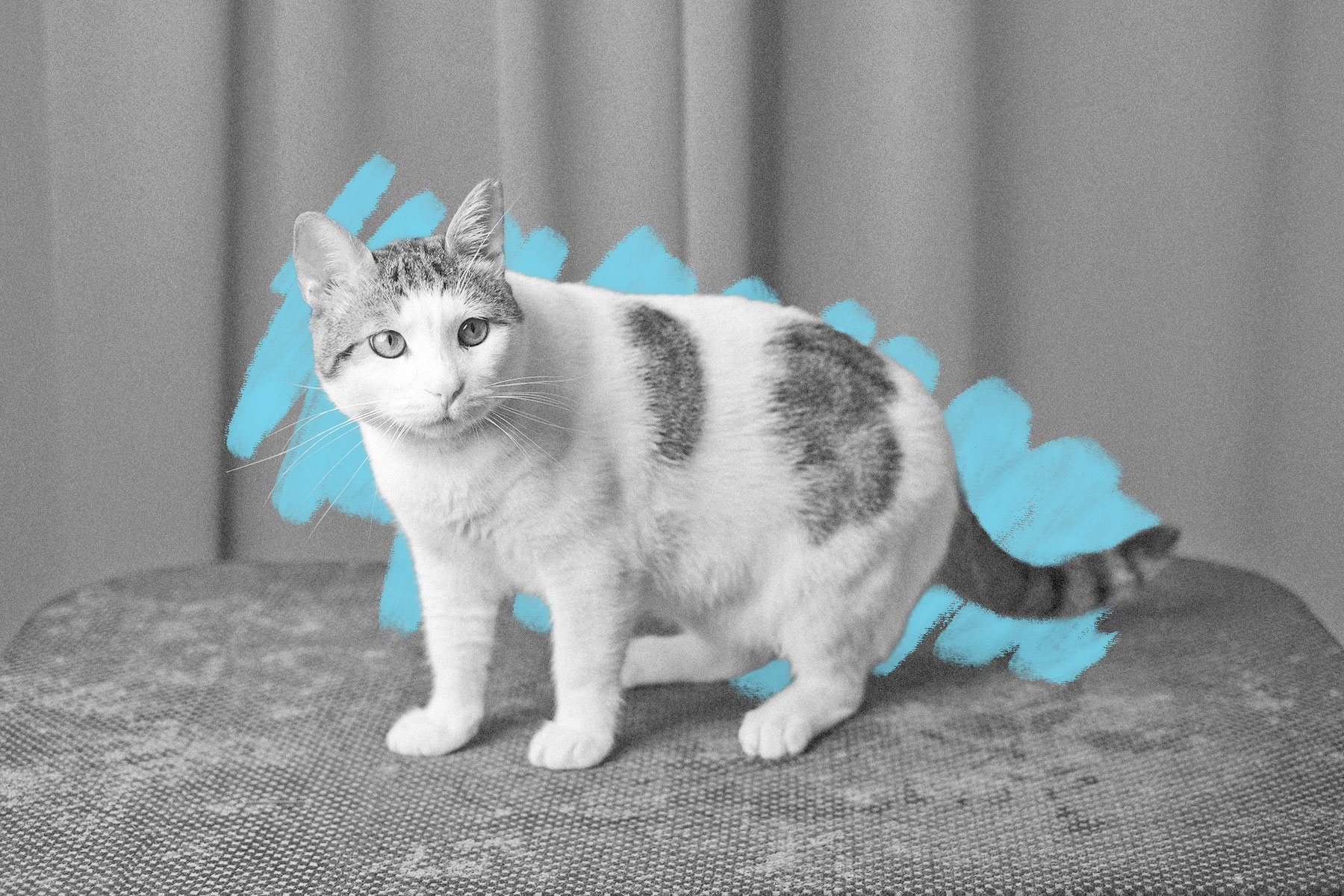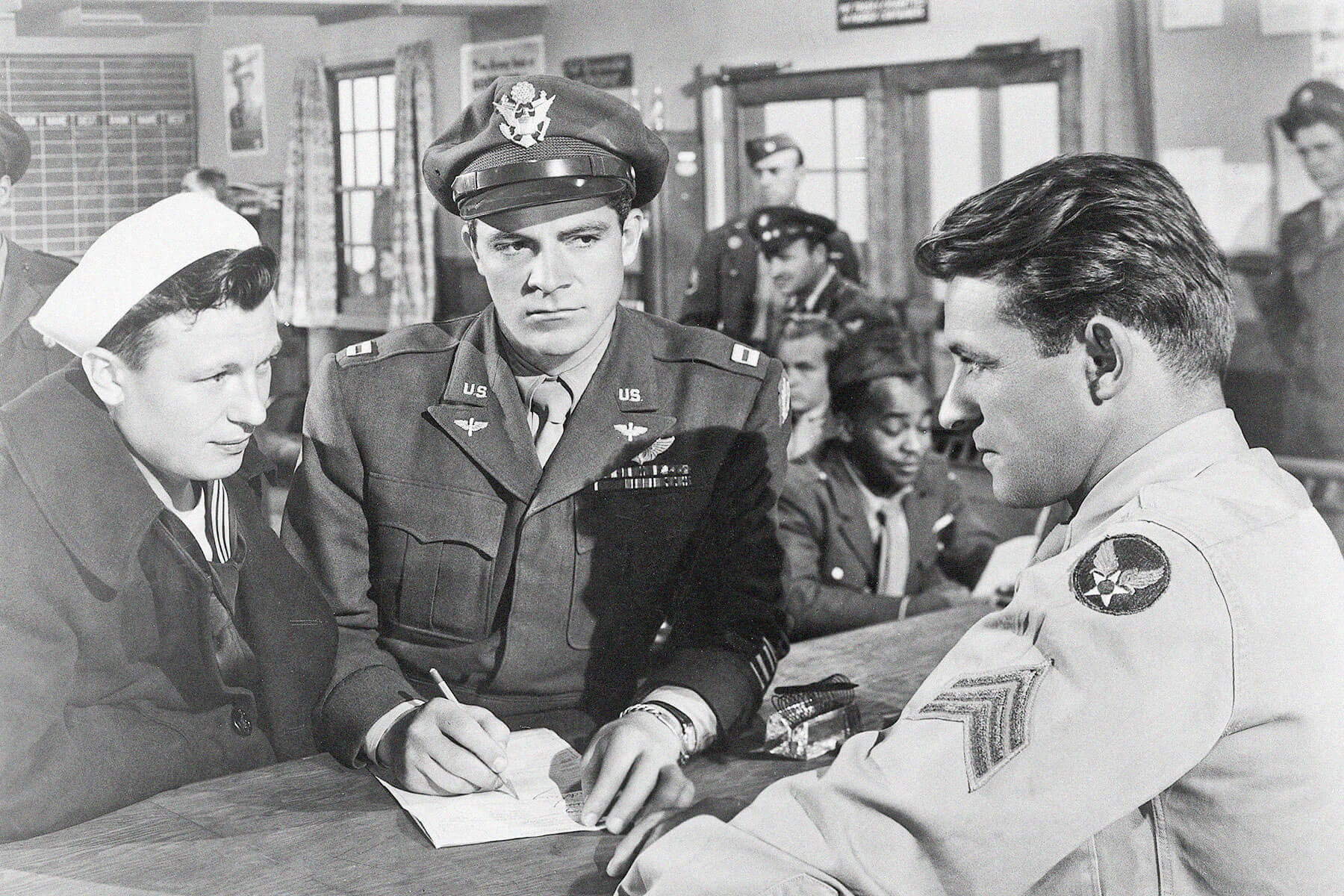| I f you've ever had a stealthy feline sneak up on you, you might have had the same idea the CIA once did: that cats would make good spies. Indeed, the intelligence agency spent millions of dollars on a program to that end in the 1960s. But as any cat owner can tell you, it probably shouldn't have bothered: However sneaky and/or intelligent cats might be, they know no masters but themselves. Operation Acoustic Kitty was essentially a disaster, with only one subject making it into the field before the ill-advised — and, quite frankly, cruel — program was scrapped. The idea was to create a sort of cyborg cat by implanting a microphone in the animal's ear, a radio transmitter at the base of its skull, and an antenna in its fur — "a monstrosity," in the words of Victor Marchetti, a former CIA employee who went on to write the tell-some book The CIA and the Cult of Intelligence. |













No comments:
Post a Comment